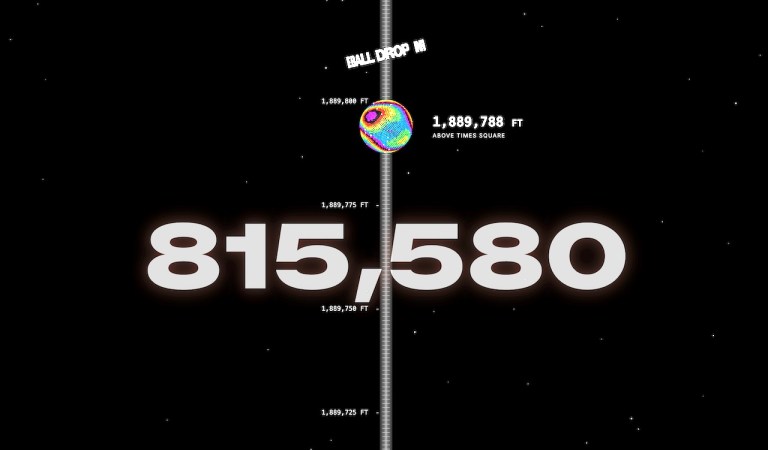How the Human Brain Processes Extreme Rhythms
Musician Adam Neely (previously) quite eloquently explains how the human brain processes extreme rhythms – those that are much too fast and those that are much too slow. He also explains “the indifference interval”, a time sequence that feels just right.
Music psychologists have this wonderful term that they call the indifference interval. It can refer to music which feels neither too fast nor too slow. It’s the most average music possible… It’s at about 100 beats per minute or roughly a beat occurring once every 600 milliseconds.
Once the sequence goes past this interval, discomfort can be felt. Neely used the example of walking to a beat that’s too slow and too fast. It takes a while for our brains to adjust and even more for our bodies.
Take out a metronome and try walking at different tempos. First at the “indifference interval” of about 100 bpm see how that feels. Then speed it up to a faster musical tempo like maybe 180 bpm. It’s gonna feel a lot more chaotic and frantic like music at 180 beats per minute …if you slowed it down to say 60 beats per minute the speed of a slow and lingering jazz ballad you’re gonna really feel that slow tempo in your lingering gait. So your feeling of fastness and slowness as you listen to music corresponds to the fastness and slowness of your walking gait.
Neely’s bandmate, musician Shawn Crowder, also explains extreme rhythms, calling them “hypertuplets”.






